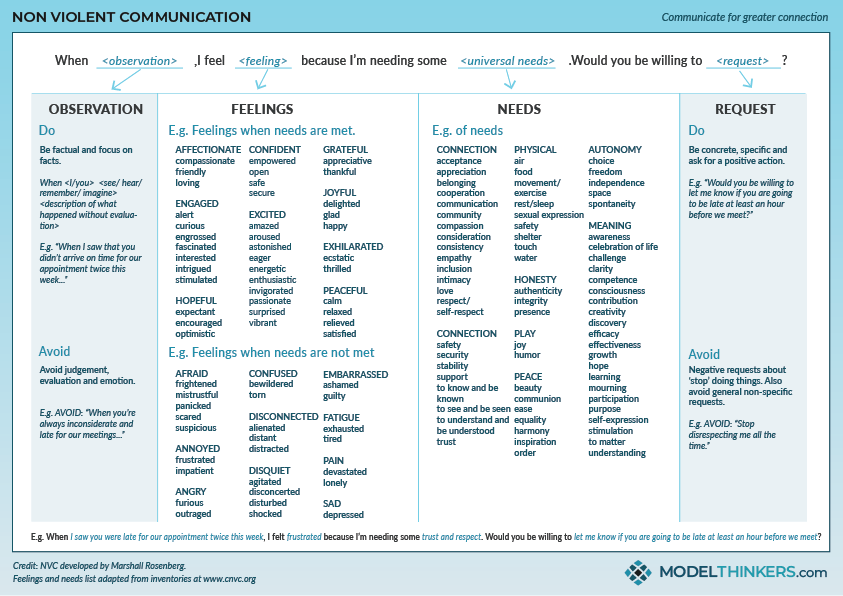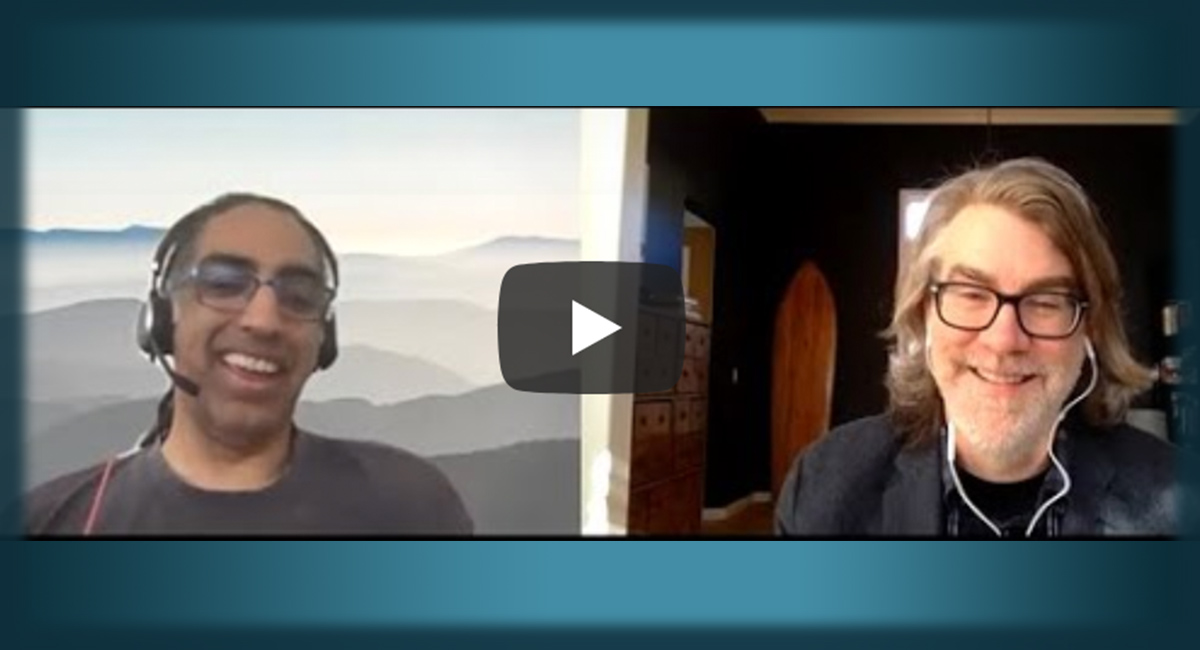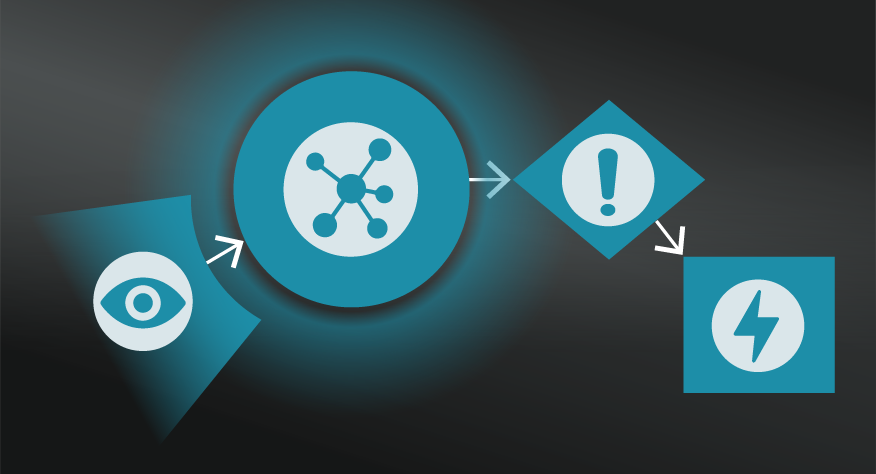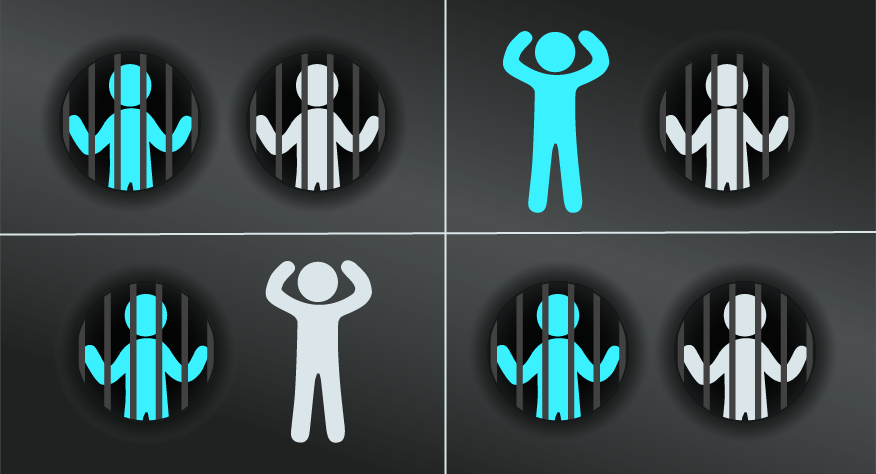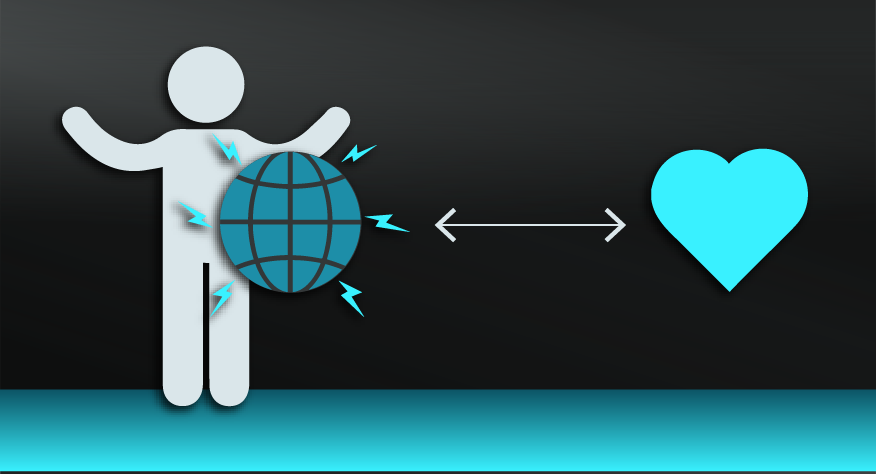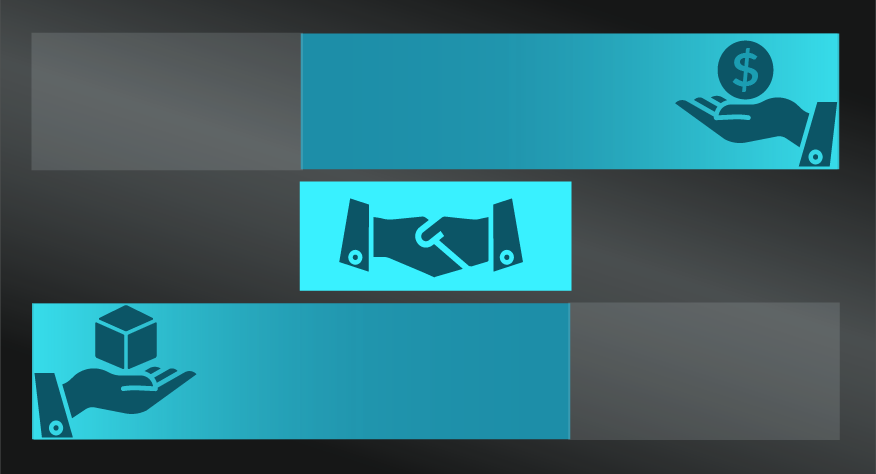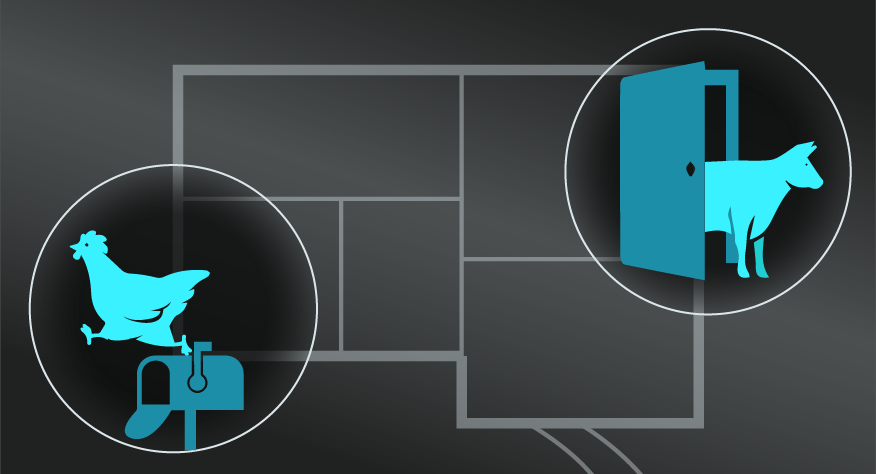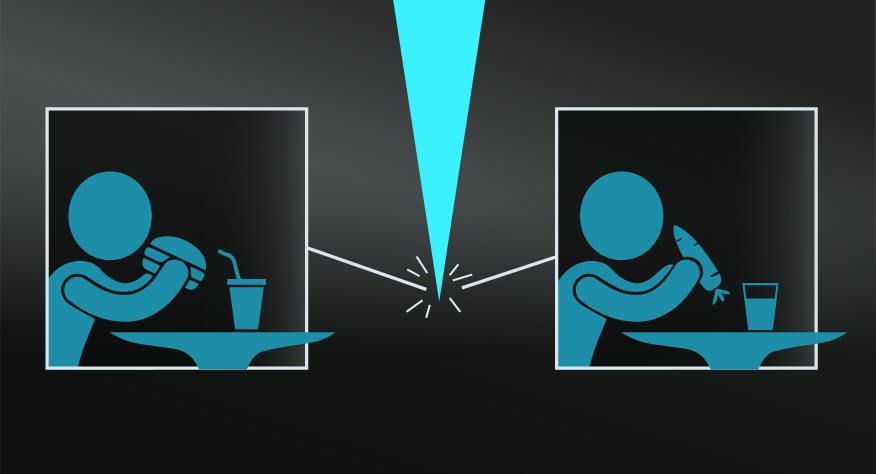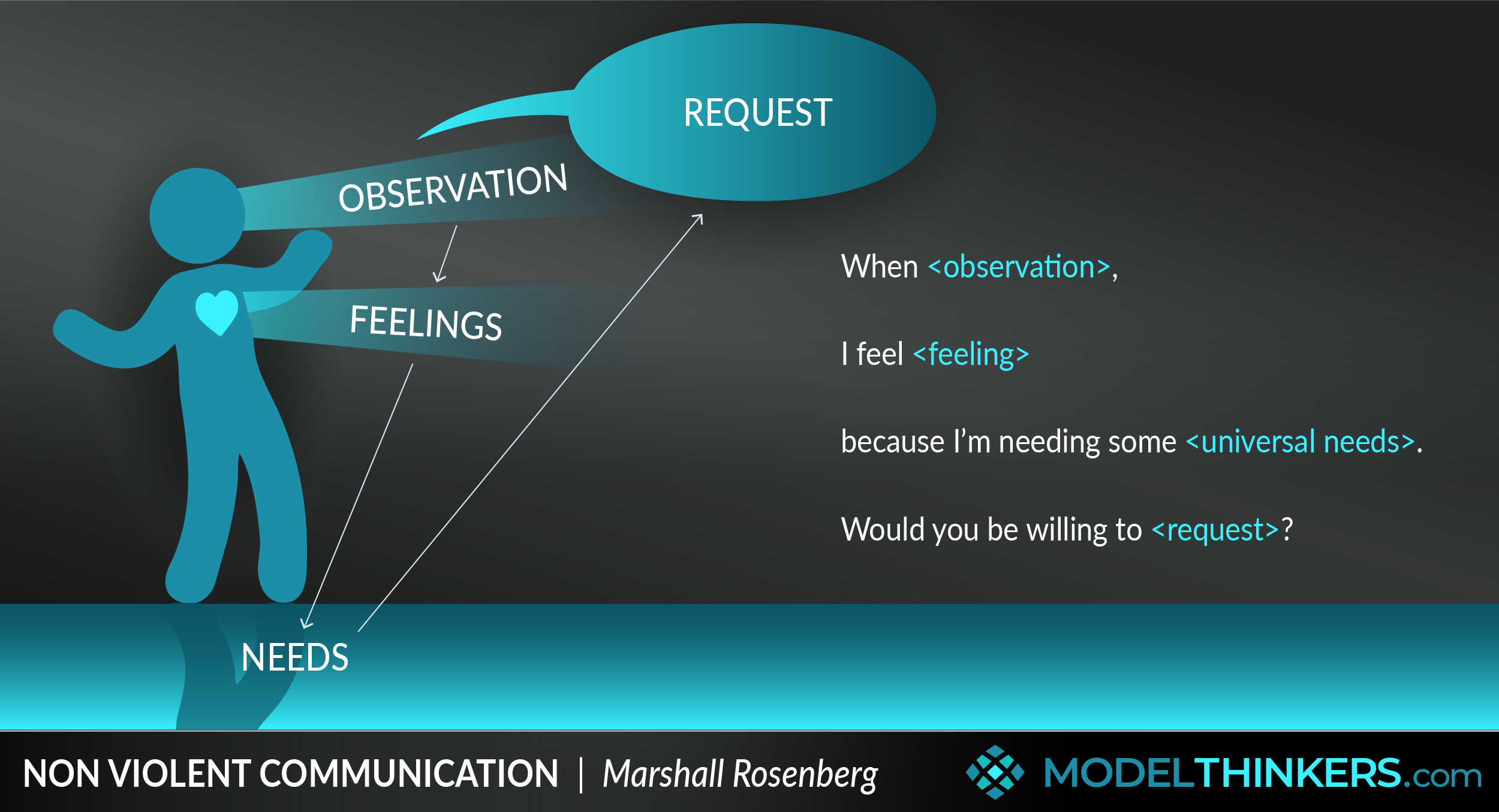
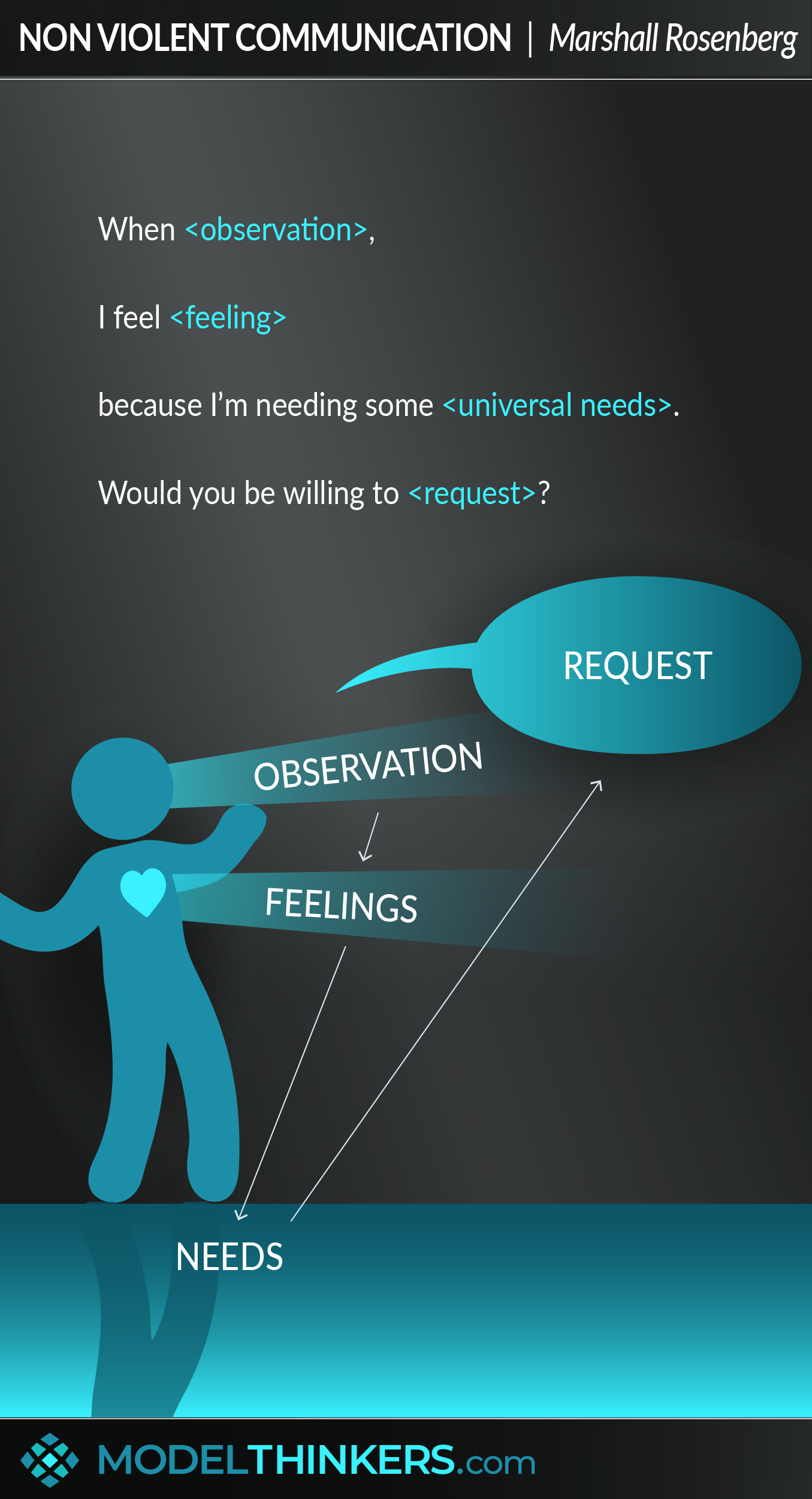
 0 saved
0 saved
 81.4K views
81.4K views








When Satya Nadella became the CEO of a toxic culture at Microsoft, one of his first actions was to give his senior leadership team copies of Marshall Rosenberg’s book Nonviolent Communication. A way of communicating and connecting with people from a place of empathy, NVC has been used in global hot spots, corporations, parenting and schools to help navigate conflict and deepen connection.
Nonviolent Communication (NVC) is a communication framework that helps people to connect with themselves and others through empathy, and communicate using a four-stage process of observation, identifying feelings, identifying needs, and making requests.
EMPATHY AT THE CORE.
Empathy is core to NVC, starting with self-empathy and self-awareness to identify internal feelings and underlying needs while interrupting habitual processes of blame and judgement. The same empathetic approach is then used to engage with others, supporting practitioners to be present and listen compassionately. From there, NVC encourages you to identify requests that can address your underlying needs and those of the people you’re engaging with.
A SIMPLE STATEMENT STRUCTURE.
Whether applied to yourself with self-empathy or to others through empathy, the four elements of NVC can be summarised in the following statement, though they do not have to be expressed this way:
When <observation>, I feel <feeling> because I’m needing some <universal needs>. Would you be willing to <request>?
KEY ELEMENTS IN DETAIL.
Let’s break each element down in a little more detail:
- Observation: avoiding emotive evaluation, judgement or even analysis. Observation is focused on neutral statements about the facts of what has happened and what is triggering the conflict or situation.
- E.g. When <I/you> <see/ hear/ remember/ imagine> <description of what happened without evaluation>
- Feelings: identifying the emotional response triggered by the observation. These centre on emotional or physical sensations and must avoid what are called ‘victim verbs’ that essentially blame statements posed as feelings.
- E.g. of feeling statement: I feel <empowered/ surprised/ devastated>
- E.g. of a ‘victim verb’ to be avoided: I feel <attacked/ blamed/ ignored>
- Needs: Identifying universal needs and values that are either met or unmet, that drive those feelings. Rosenberg explained: “At the core of all anger is a need that is not being fulfilled”. These needs are linked to the observation and feeling for specificity.
- E.g. Because I <need/value> <belonging/ safety/ growth>
- Requests: Presenting a doable, concrete and specific way that needs can be more effectively met. Alternatively, you might make a request for someone to reflect on what you’ve said.
- E.g. An action-based request: Would you be willing to <concrete and doable action>
- E.g. A reflective request: How do you feel about what I’ve said?
UNCOVER AND CONNECT WITH UNMET NEEDS.
The exact order of these steps is less important than the aim, as described by Rosenberg: “Focus on clarifying what is being observed, felt, and needed rather than on diagnosing and judging.” Ultimately NVC is a tool to dig below what is happening and immediate reactions to connect with feelings, then to identify met and unmet needs.
NVCs intention of revealing underlying and often unmet needs has a strong connection to human-centred approaches such as design thinking and even agile methodology. Indeed, I originally learnt NVC to be a better parent and was pleasantly surprised that it greatly contributed to my adoption of design thinking years later.
IN YOUR LATTICEWORK.
Nonviolent communication can be used to address conflict, foster connection, and finding win-win solutions through empathetic based communication.
It focuses on empathising to uncover unmet needs makes it a great foundation model for Design Thinking, including Empathy Maps and Journey Maps. The fact it aims to build a connection makes it a complementary model to Cialdini's Principles of Influence. And it's ability to support win-win solutions can make it an alternative to negotiation based models such as BATNA & ZOPA.
Finally, NVC can be a challenging approach to learn and apply, especially given that our society does not prioritise a broad vocabulary to express feelings and needs, so it can be quite effortful to apply and even sound a little robotic when getting started. That classifies it as a complex skill, which will benefit from Deliberate Practice to embed effectively.




- Identify and describe the triggering event or situation without judgement.
Create a shared reality with someone, or for yourself, by describing the triggering event without blame, judgement or analysis. Think like a detective for this stage: ‘Just the facts’.
- Explore the feelings that were triggered — for yourself and others.
Identify the feelings you are experiencing as a result of the triggering event and be open and curious about feelings might be coming up for the person you are engaging with.
- Dig deeper to consider the met and unmet needs below the feelings, separate them from requests.
Consider what needs are behind these feelings and avoid confusing them with requests.
- Make a request to meet your and other people’s needs.
Consider what concrete, doable action might help to meet those unmet needs. Express it clearly as a request.
- Maintain presence and empathy throughout.
Rather than viewing this as a stepped process to tick off, ensure that you are present, maintaining empathy — for yourself and others — throughout. The point is to deeply connect with yourself and others, so you cannot afford to simply ‘mechanically’ walk through these steps.
You can watch a number of videos of Rosenberg using NVC which sounds instinctive, natural and empathetic, however, because the approach is so alien to what we are used to, for most people it will tend to sound much more robotic or forced. Indeed, for new practitioners who are focused on the four steps and using the ‘correct’ language, it can ironically make the process very intellectual and provide a block to being present and empathetic.
In addition, NVC and Rosenberg have been criticised for being overly idealistic about how such communication and connection strategies can solve more systematic, structural problems.
Religious tension in Nigeria.
In this interview, Rosenberg describes a mediation process he oversaw between a Muslim and Christian tribe in northern Nigeria.
“In their conflict, a quarter of the population had been killed. At that time, they were fighting about how many places in the marketplace each side would have to display their products. I started the reconciliation process with them by saying that I was confident that if we could hear each other’s needs, we could find a way to get everybody’s needs met.
“Inviting whoever wanted to start, I asked: ‘What needs of yours are not getting met?’ The chief from the Christian tribe screamed, “You people are murderers!” Notice that when I asked him what needs weren’t getting met, his response was to tell me what was wrong with the other side. This provoked a counter judgement. Somebody on the Muslim side screamed back, ‘You’ve been trying to dominate us! We’re not going to tolerate it anymore!’
“Because our training is based on the assumption that all violent language is a tragic expression of unmet needs when the chiefs finished screaming, my job was to translate the enemy image of ‘murderer’ into language describing the needs of the person who screamed. I said, ‘Chief, are you saying that your need for safety is not being met and you want some agreement that no matter what the conflict, that it be resolved some way other than violence?’ He looked shocked for a moment because this is different from how people are trained to think. Then he said, ‘That’s exactly right!’
“But getting the chief to acknowledge his need wasn’t enough. I had to get the Muslim side to see through their enemy image. I said, ‘Would somebody on the other side please tell me what you heard the chief say his needs were?’ A gentleman from the Muslim tribe screamed back, ‘Then why did you kill my son?” In fact, there were several others in the Muslim tribe who knew that someone present had killed one of their children. So there were a lot of feelings. The Muslim tribe had to put down their rage long enough to hear the needs of the Christian tribe. And that wasn’t easy. I had to give them some empathy before they could do that. But finally, I got them to hear just one simple thing, that the Christian tribe had said they had a need for safety.
It took me about an hour and a half to get both sides to release the enemy image long enough to hear a need of the other side. At that point, one of the chiefs came up and said to me, ‘If we know how to communicate this way, we don’t have to kill each other!’”
Nonviolent communication is a way of addressing conflict, fostering connecting and finding win-win solutions through empathetic based communication.
Use the following examples of connected and complementary models to weave NVC into your broader latticework of mental models. Alternatively, discover your own connections by exploring the category list above.
Connected models:
- Design thinking: as pointed out, while very different, both models focus on uncovering unmet needs and deriving solutions that will meet them.
Complementary models:
- Empathy map and journey map: different models and approaches to empathy, but can combine well with deeper NVC practice.
- Ikigai: NVC ultimately focuses on identifying and trying to meet needs, which is relevant in the context of understanding your purpose.
- Maslow’s hierarchy of needs: one framework of understanding needs.
Also known as compassionate communication, Nonviolent Communication was developed by Marshall Rosenberg in the 1960s as a means to mediate between activist students and college administrators. He then applied it to the charged process of desegregating schools in the Southern states of the USA before, over his career, moving to other global hotspots and conflict situations.
Find out more about nonviolent communication by reading Marshall Rosenberg’s book, or exploring PuddleDancer, an NVC publishing house. Also view this 10-minute overview of the model by Rosenberg himself, providing an overview of NVC.
In addition, the literacy of feelings and needs is an important area of development when exploring NVC. View this list of feelings and this list of needs to begin to expand your emotional vocabulary.
 My Notes
My Notes
Oops, That’s Members’ Only!
Fortunately, it only costs US$5/month to Join ModelThinkers and access everything so that you can rapidly discover, learn, and apply the world’s most powerful ideas.
ModelThinkers membership at a glance:






“Yeah, we hate pop ups too. But we wanted to let you know that, with ModelThinkers, we’re making it easier for you to adapt, innovate and create value. We hope you’ll join us and the growing community of ModelThinkers today.”
